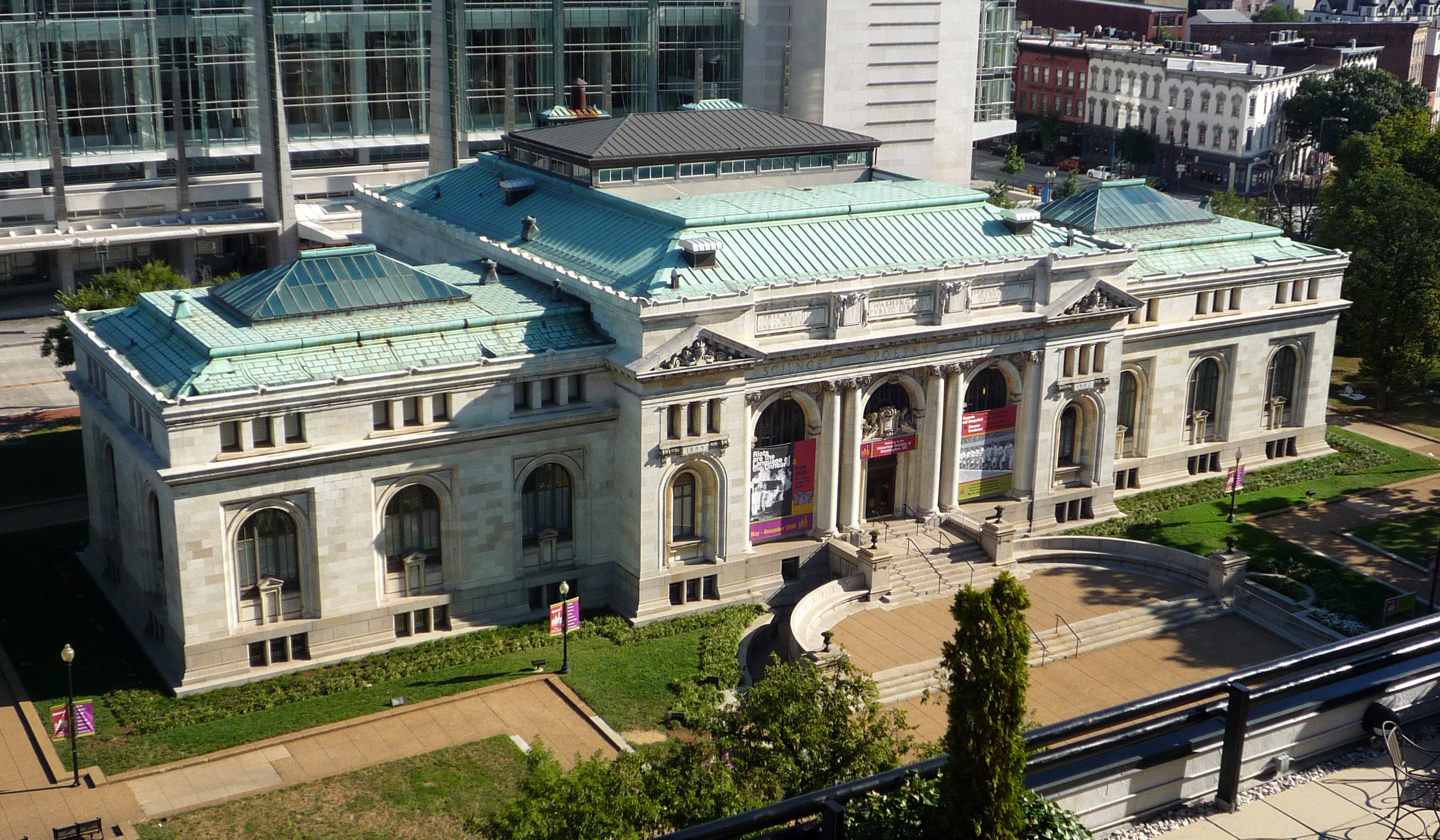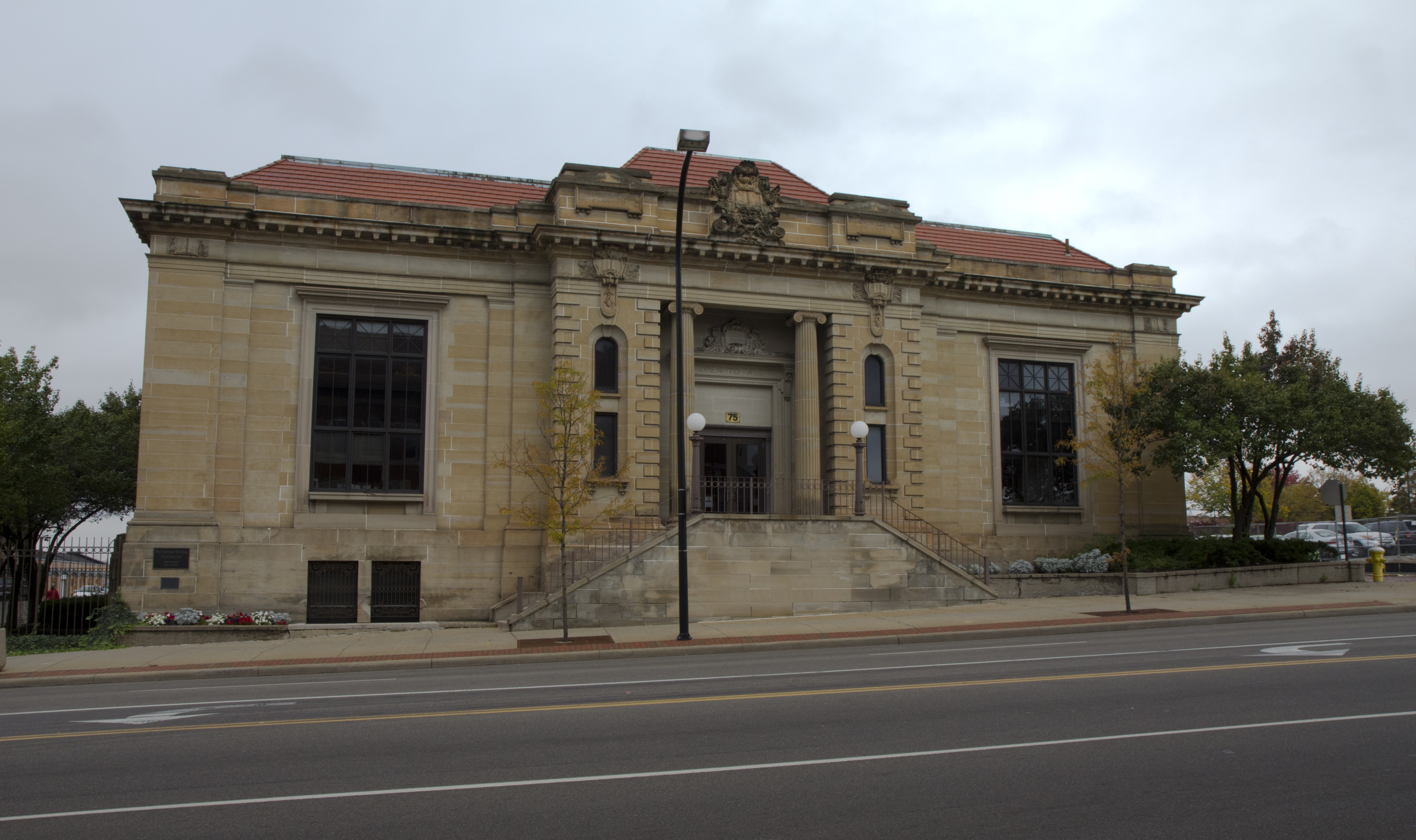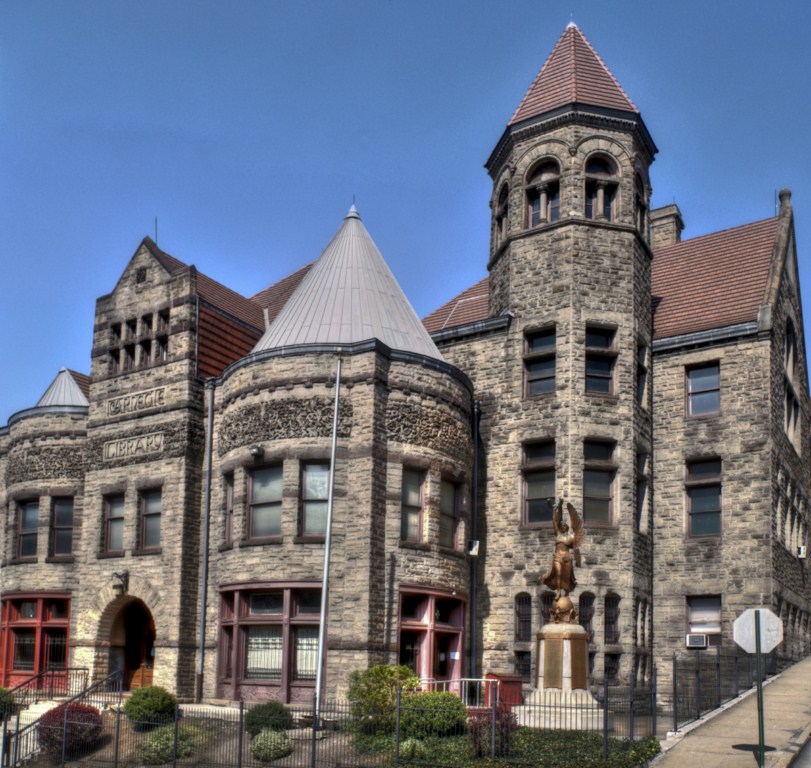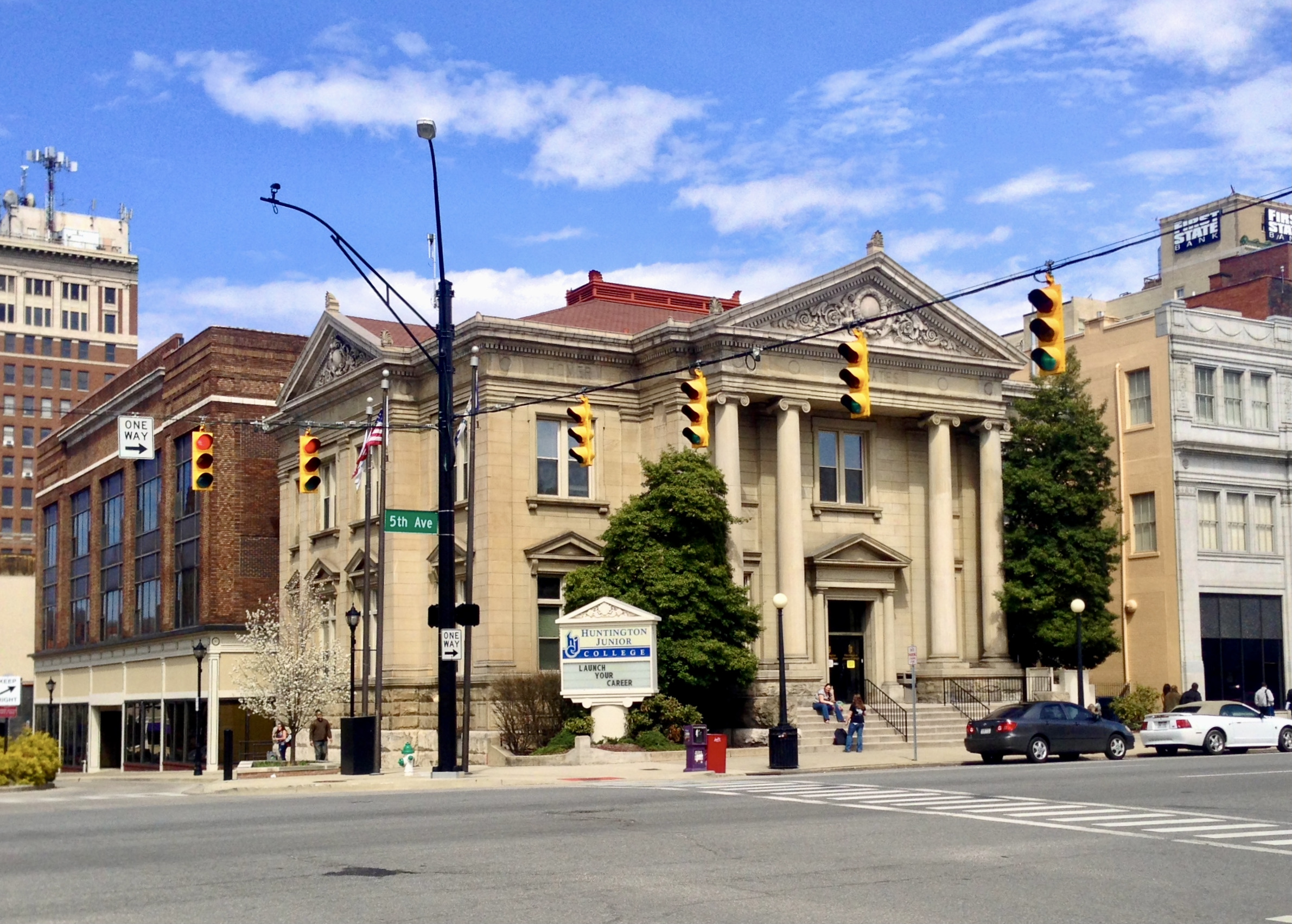Carnegie libraries
Enlarge text Shrink text- Work cat.: 95-3638: Van Slyck, A. Free to all : Carnegie libraries ... 1995.
- 97-147230: The architecture of literacy : the Carnegie libraries of New York City, 1996.
- Hennepin(Carnegie libraries)
- ALA glossary, 1983(Carnegie library, a library building built fully or in part with funds contributed by Andrew Carnegie)
- ALA world encyc. of library and information services, 1980(Carnegie, Andrew, made new library buildings available to hundreds of communities all over the world, donated for the construction of 2,509 library buildings thoughout the English-speaking parts of the world, including 1,679 public library buildings in the United States)
A Carnegie library is a library built with money donated by Scottish-American businessman and philanthropist Andrew Carnegie. A total of 2,509 Carnegie libraries were built between 1883 and 1929, including some belonging to public and university library systems. 1,689 were built in the United States, 660 in the United Kingdom and Ireland, 125 in Canada, and 25 others in Australia, South Africa, New Zealand, Serbia, Belgium, France, the Caribbean, Mauritius, Malaysia, and Fiji. At first, Carnegie libraries were almost exclusively in places with which he had a personal connection—namely his birthplace in Scotland and the Pittsburgh, Pennsylvania area, his adopted hometown. Yet, beginning in the middle of 1899, Carnegie substantially increased funding to libraries outside these areas. As Carnegie's library funding progressed, very few of the towns that requested a grant, committing to his terms for operation and maintenance, were refused. By the time the last grant was made, there were 3,500 libraries in the United States, nearly half of them Carnegie libraries.
Read more on Wikipedia >
 Topic
Topic



















